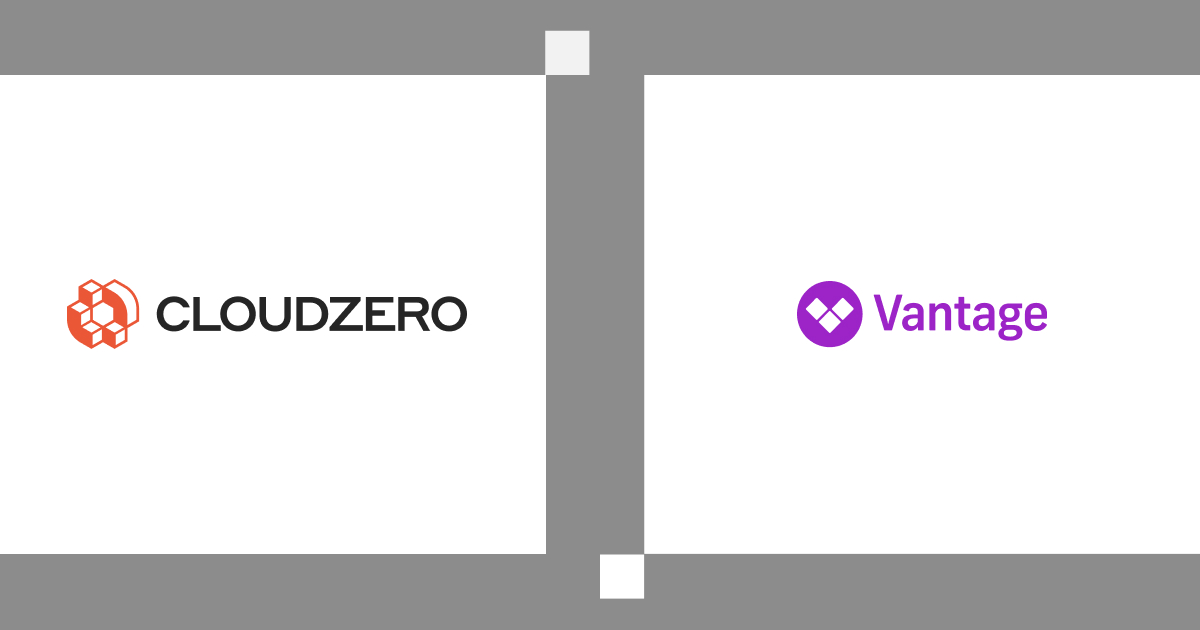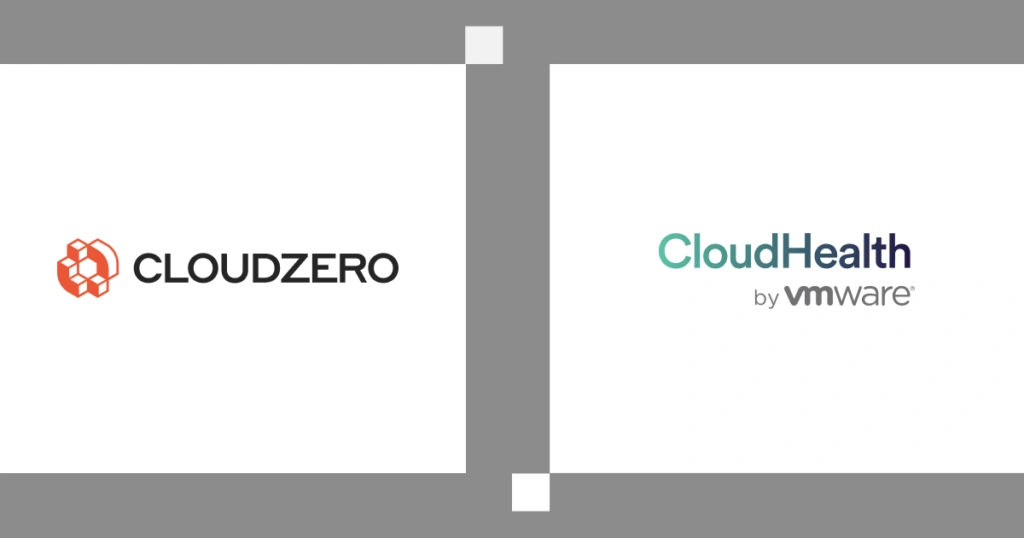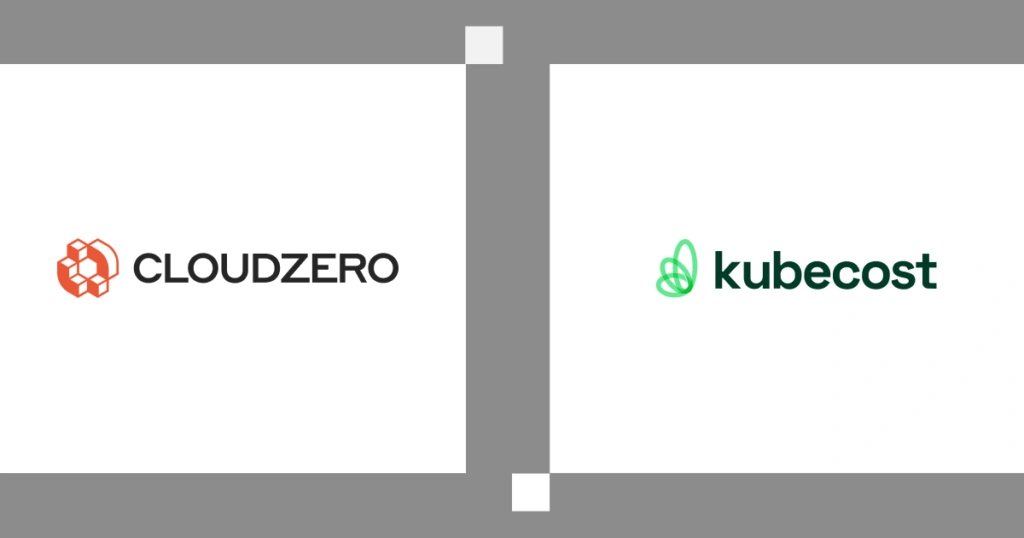In the evolving landscape of cloud cost management, the comparison between CloudZero and Vantage reveals unique benefits and factors for businesses aiming to enhance their cloud efficiency.
CloudZero stands out with its holistic approach, ingesting 100% of cloud spend across various platforms, offering real-time visibility, and empowering engineers with cost insights during development.
Here’s how CloudZero takes an engineering-led approach to cost optimization — and how Vantage compares from a high-level, all the way down to the nitty-gritty …
| Real-time, context-rich, and telemetry-based using the business metrics you care about. No perfect tags are required. | Tag-reliant allocation |
| View by Engineering, Finance, or FinOps metrics | Finance view only |
| Shift cost management left to the architects who can deliver lasting optimization at the architectural level. | The optimization process is driven primarily by finance, making it short-lived, like trimming hair. |
Where CloudZero Excels
Where CloudZero excels
- Ingests 100% of your cloud spend — including AWS, Azure, GCP, Snowflake, and more
- Allocates 100% of spend in hours — even if you have messy tags
- Accurately allocates shared cloud costs and untaggable resources
- Empowers engineers to see the cost impact of their decisions while they’re building
- Provides real-time cost anomaly detection prevents overspending
- Achieves 10-15% more accurate Kubernetes cost data versus Vantage
- Gives access to a designated FinOps Account Manager (FAM) with expert advice and best practices
- Offers a tier-based, predictable pricing model
Where CloudZero may be less effective
- Not designed for purchasing and managing Reserved Instances and Savings Plans
- Doesn’t automatically apply infrastructure changes based on cost recommendations
Detailed Comparison Chart
Data Quality And Scale
Cost data reflected in real-time
Yes. Dynamically explorable, and delivers new views according to any parameter within seconds.
Limited. You must create a new report to explore spend by a particular parameter, which takes about 2 minutes each.
Configuration changes affected immediately
Yes
No
Infrastructure Support
Supports multi-service (e.g., Snowflake)
Yes. 100% cost allocation across cloud and service providers, including Oracle Cloud.
Struggles to ingest spend from providers for which it has no premade adapters, such as Oracle Cloud.
Supports multi-cloud (GCP, Azure)
Fully. Complete K8s cost analysis with hourly granularity. Full allocation within hours.
Limited. 10-15% less accurate than CloudZero’s. Struggles to allocate spend in complex K8s environments.
Supports Kubernetes
No additional processes or separate dashboard views are required to align K8s spend with non-Kubernetes spend.
You have to create separate views for each, every time.
Aligns Kubernetes and non-Kubernetes spend
Yes. No additional processes or separate dashboard views are required.
You must to create separate views for each, every time.
Ability To Organize Cost And Track Cost
Tag-based cost allocation
Yes. Explore the cost of tagged, untagged, and untaggable resources.
Limited to tagged and “Unallocated” views.
Code-driven cost allocation
Yes
Limited
Splitting shared cost: proportionally
Yes
Percentage-based
Splitting shared cost: telemetry-driven allocation
Yes. Dynamic and easily digestible.
Manual, not driven by telemetry.
Average cost per customer metrics
Yes
Yes
Cost per individual customer, driven by telemetry
Yes. Supports deeper analysis, such as cost per customer per feature.
Limited to cost per customer.
Engineering-Led Optimization (ELO)
Yes. Delivers cost reports in engineering language, such as cost per deployment, per environment, per feature, per service, etc.
More suited to just finance.
Engineering Friendliness
Slack integration
Yes
Yes
Automatic cost anomaly alerts
Timely, noise-free, and context-rich alerts based on real-time cost anomaly detection for accuracy.
Available, but not based on 100% accurate spend data, according to Aetion calculations.
Cost debugging workflow (drill down into costs)
Context-rich, per resource and service, revealing root causes to ease follow-up across AWS, Azure, GCP, Oracle Cloud, etc. per hour. Retains up to 5 years spend data.
Limited to AWS, Azure, and GCP per resource per day (not per hour). Also retains just 1 year of spend data.
Engineering event correlation (e.g., GitHub)
Near-real-time cost impact visibility for engineers with hourly reports.
Limited to daily (24 hours later) reports.
Services
Dedicated FinOps resource
Your exclusive Account Manager is 100% a FinOps practitioner.
Support staff has no FinOps background.
Shared Slack channel to chat with resource
Ongoing consultations with a human FinOps expert for strategy and in-product recommendations.
Channel is largely for auto-generated cost anomaly alerts.
Managing commitment discount programs
Automatically buy and sell Reserved Instances
Buy and sell Convertible and Standard RIs in partnership with ProsperOps, without leaving the CloudZero platform.
Yes (for 3-year, no upfront RIs).
Automatically buy and sell Savings Plans
Buy and sell Convertible SPs in partnership with ProsperOps without leaving the CloudZero platform.
No
Spot instances orchestration
Automatically switch workloads between On-Demand and Spot instances in partnership with Xosphere, without leaving the CloudZero platform.
No
CloudZero Differentiators
1. Cost allocation
With CloudZero, you can transform and allocate your spend in real-time — and 100% of your cloud spend in hours, not days or weeks.
Because CloudZero does not rely on tags (perfect or messy) to allocate costs, you can quickly and accurately view the people, products, and processes that drive your cloud spend — with no tag-related omissions.
Cost allocation in Vantage is tag-reliant, which means your cost data will be as accurate as your tags are. That also means you may struggle to get the whole picture because tags provide insight as far as the scope they cover. Vantage also cannot allocate shared costs, meaning potentially major cost data omissions.
In comparison, CloudZero leverages infrastructure and application data to enable you to capture, understand, and act on the costs of tagged, untagged, and untaggable resources — as well as view cost per unit within shared environments.
2. Unit cost
Vantage lets you view your “per unit costs” in four business-specific metrics: cost per customer, per query, per unit, and per endpoint. This can help you capture your Cost of Goods Sold (COGS) to some extent. Plus, you can programmatically add data via API to keep your unit data within Vantage — should you want it as your sole source of truth.
Vantage’s limitation is that “per unit costs” are calculated via crude math: dividing your total cloud costs by your total number of users, for example. This means a “per unit cost” is an average cost — not a precise figure driven by a combination of billing and usage data.
With CloudZero, you get up to 12 standard views (Dimensions) by default, including cost per individual customer, per feature, and per project. You can then add custom Dimensions to see costs in the business metrics you actually care about.
Plus, CloudZero reports context-rich cost data in the context of engineering (cost per feature, per deployment, per environment, per service, per team, etc), finance (cost per customer, per project, etc), and FinOps (COGS, gross margin analysis, etc).
3. Multi-cloud visibility
Both CloudZero and Vantage offer multiple platform support, including cloud providers AWS, Azure, and GCP. They also support cost visibility into platforms such as Snowflake, Kubernetes, Datadog, New Relic, MongoDB, and Databricks. In other words, you can see the costs of all connected vendors in one place.
Yet, CloudZero provides the truest single pane of glass for your cloud costs. That’s both because CloudZero is the only platform to dynamically allocated untagged, shared, and multi-tenant costs, ensuring that you’re seeing 100% of your costs, with no omissions.
Also, only CloudZero delivers complete Kubernetes cost data alongside non-containerized cost insights. This helps you see your entire costs in one place, rather than a separate view for each metric or Dimension. No room for blindspots.
4. Kubernetes cost visibility
CloudZero’s Kubernetes Cost Analysis captures, analyzes, and breaks down your Kubernetes costs into immediately actionable insights — down to the hour. In addition, these cost insights align with popular Kubernetes concepts, such as cost per namespace, per service, per cluster, per node, per pod, etc.
Ultimately, CloudZero empowers you to view your containerized and non-containerized costs together for easier analysis. With Vantage, you can drill into Kubernetes spend, such as cost by service or label, alongside out-of-cluster spend, such as caching, storage, or database costs.
5. Cost optimization
Vantage takes the traditional approach; finance-oriented cost optimization. For example, it allows you to purchase and sell 3-year, no-upfront RIs to save money as soon as possible. It also auto-generates cost recommendations and automatically implements them in your environment to save you time and money.
Using CloudZero’s engineering-led optimization (ELO) approach, your technical teams can understand the cost impact of their architectural decisions. This cost-awareness drives them to build cost-effective solutions that achieve both short-term and long-term cost optimization.
Plus, CloudZero helps you identify the specific people, products, and processes that consume your cloud spend. This means you can pinpoint who, what, or why your costs are changing. It also means you can tell exactly where to reduce usage to cut costs or increase investment to maximize revenue and returns.
One more thing. Vantage sends automated, cross-vendor cost anomaly alerts via Slack, Teams, or email. You choose how often you receive them: daily, weekly, or monthly. In addition, you can archive them or create a workflow for a specific person to fix the cost issue.
CloudZero detects cost anomalies in real-time and across providers. A context-rich notification then alerts your team to potential overspending through Slack, email, and text message, so they can fix it ASAP.
6. Customer success
Unlike other platforms, CloudZero’s customer support is done by professionals with actual FinOps experience. A CloudZero FinOps Account Manager consults with you on an ongoing basis. They share best practices — and even implement them on your behalf. This helps reduce your time to value.
Vantage puts its best foot forward to serve its customers. Yet, its only customer rep is not a FinOps specialist, so they may not answer questions you have. To its credit, Vantage does offer automated cost recommendations that it automatically implements in your environment.
The Bottom Line

Micheal Waltz
Principal DevOps Engineer, Demandbase






